11 Types Of Tall Succulent
Tall Succulents and cacti have become incredibly popular houseplants and garden plants due to their low maintenance nature and visually striking shapes and textures. When thinking of these plants, small varieties often come to mind first.
However, exploring tall succulent types can add exciting new dimensions to both indoor and outdoor spaces.I will provide an in-depth look at unique tall succulent and cactus varieties that can thrive indoors and outdoors.
You’ll learn about their defining characteristics, proper care, and best uses to help you make the most informed choices for your home or garden.
Tall Succulents and Cacti
Tall succulents and cacti make excellent statement pieces that instantly become focal points wherever they are positioned. They bring height and drama while still being low maintenance.
Choosing the right tall varieties allows you to add visual interest and texture through spiky shapes, flowering blooms, or cascading stems. Their unique forms stand out beautifully on their own or grouped together.
When selecting tall succulents and cacti, I consider factors like climate, space, sunlight exposure, and toxicity to match the perfect plant to your environment. With proper care focused on water, light, soil, and temperature needs, these plants will thrive for years.
For more information more about Kitchen Garden you can visit: Peony Sprout Growth Stages
Tall Succulent Types
Indoor Tall Succulents and Cacti
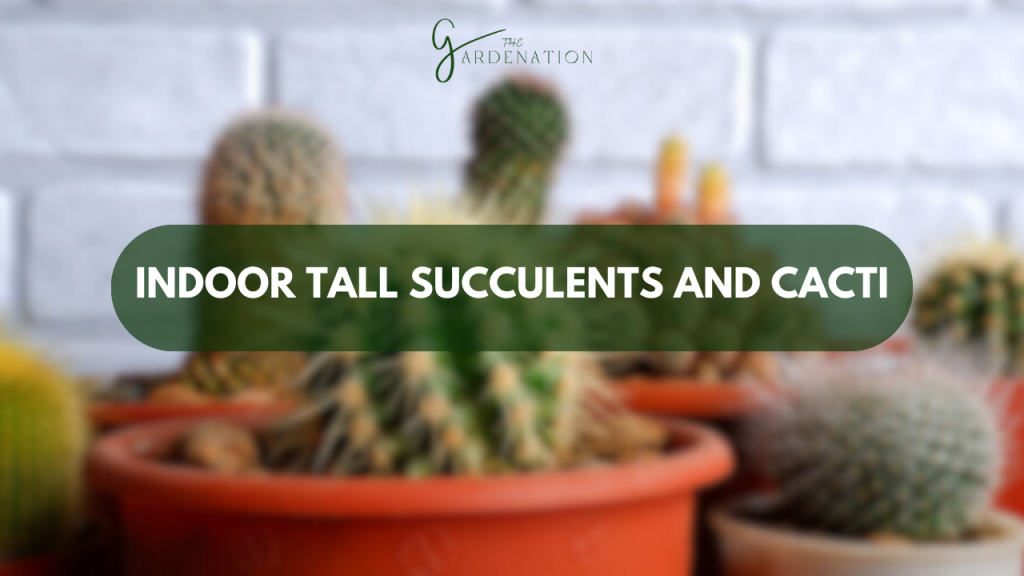
Growing tall succulents and cacti indoors allows you to highlight these statement plants within your living spaces year-round. The following unique varieties are well-suited for indoor cultivation.
1. Desert Rose
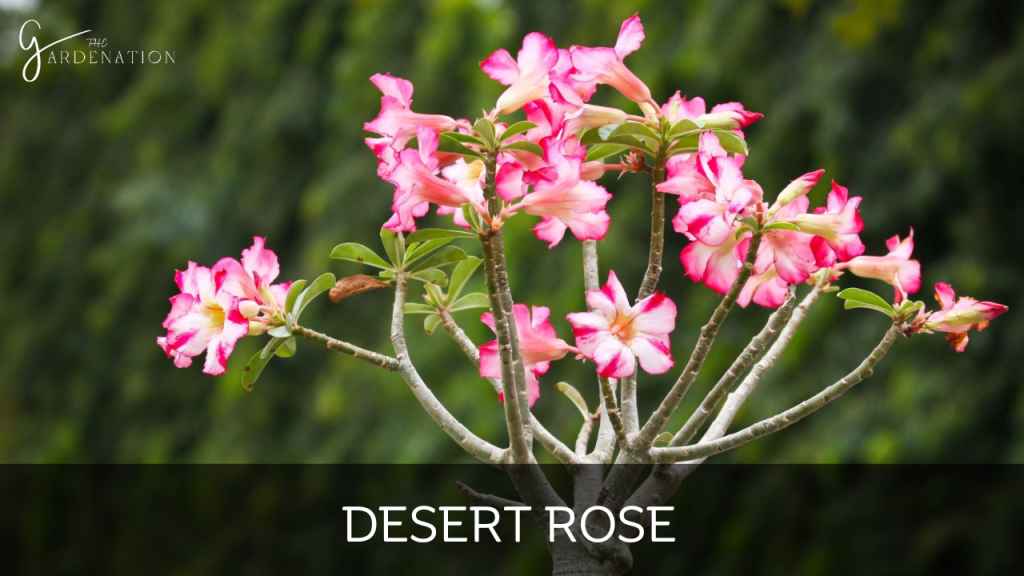
The desert rose (Adenium obesum) is a flowering succulent that produces showy pink or red blooms against deep green leaves. Grown as a small tree or bushy shrub, it can reach mature heights of 4 feet.
Desert roses thrive in bright, direct sunlight. With low watering needs and well-draining soil, these tall succulents are simple to maintain. However, they are toxic to humans and pets. You must also be interested in different varieties of scindapsus. Do Checkout!!
2. Tree Houseleek
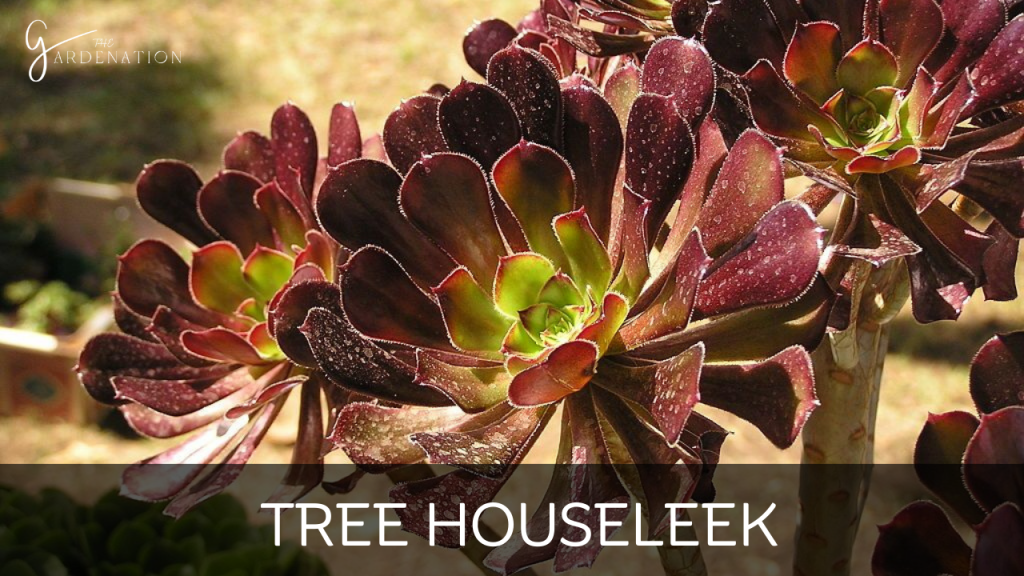
Known for its rosette pattern of leaves stacked in layers, the tree houseleek (Aeonium arboreum) has a visually striking look. This shrub-like succulent displays clusters of leaves at the stem tips.
With proper care, the tree houseleek grows rapidly to heights between 3 to 5 feet. It flourishes in full sun. These non-toxic tall succulents plants have low water and soil nutrient requirements.
3. Organ Pipe Cactus

Named for its resemblance to organ pipes, the organ pipe cactus (Stenocereus thurberi) is a tall, columnar cactus consisting of clustered stems.
In ideal indoor conditions, mature heights reach up to 30 feet. For indoor cultivation, I provide these cacti with bright, direct light. While relatively low maintenance, organ pipe cactus is toxic if ingested.
4. Crown of Thorns
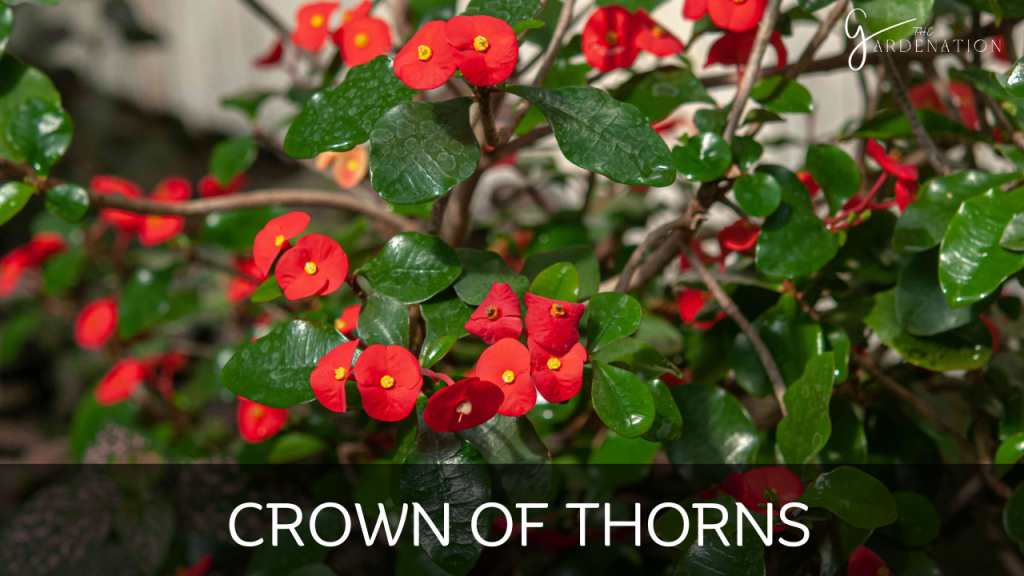
The crown of thorns (Euphorbia milii) is a slow-growing succulent recognized by thorny stems and small red or yellow flowers that bloom year-round. It can reach mature heights between 3 to 6 feet. For indoor growth, I place these sun-loving tall succulents plants in bright light. Crown of thorns plants have low watering and feeding needs but are toxic.
5. Eve’s Needle
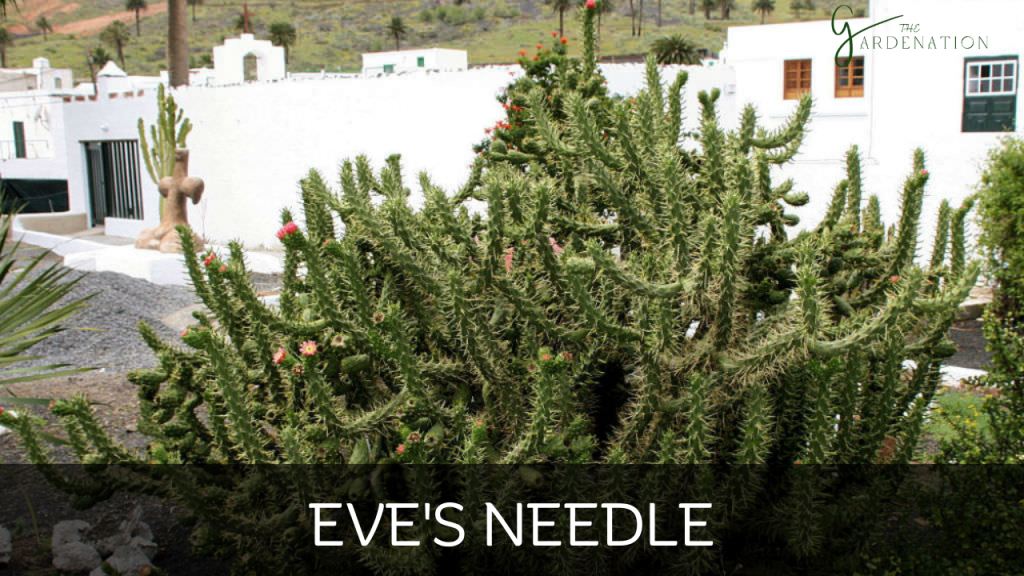
Eve’s needle (Austrocylindropuntia subulata) is a tree-like cactus with very long, yellow-green needle-like spikes protruding from a single short trunk.
In indoor conditions, Eve’s needle cacti can achieve heights between 10 to 13 feet. They thrive best in full sun. These cacti are non-toxic, drought tolerant, and low maintenance.
Outdoor Tall Succulents and Cacti
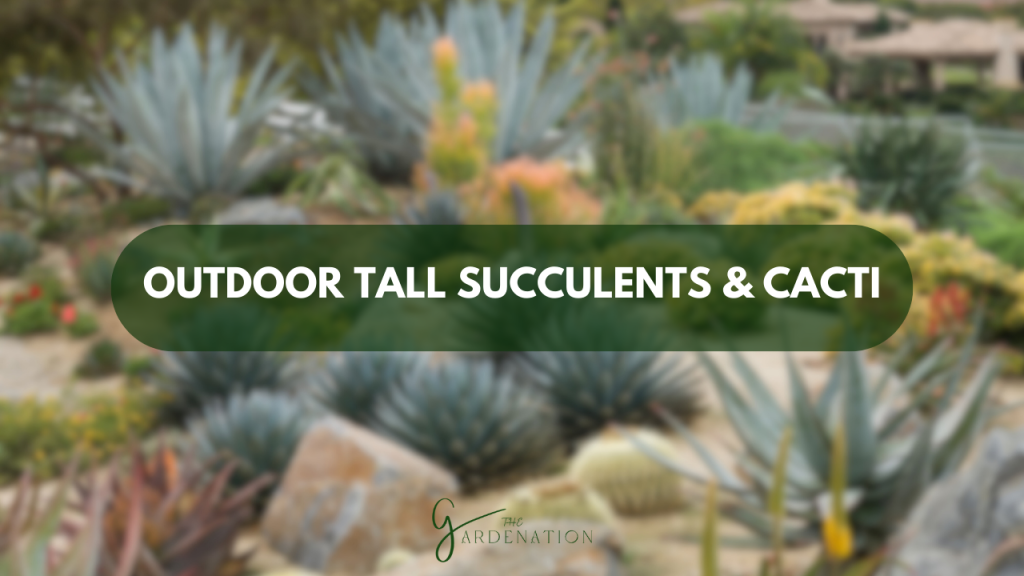
When incorporated into outdoor garden beds or containers, tall succulents plants and cacti add striking silhouettes and textures contrasting beautifully with shorter plants. The following varieties thrive outdoors.
6. Jade Plant
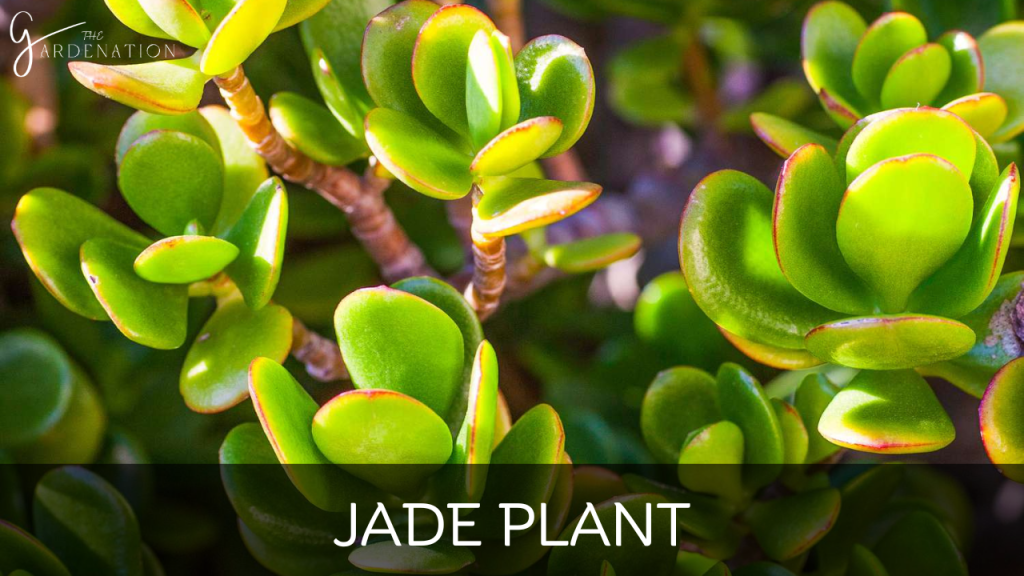
A favorite houseplant, the jade plant (Crassula ovata) also grows well outdoors, especially in frost-free regions. These tall succulents plants form bushy shrubs reaching 2 to 6 feet tall at maturity with thick branches and rounded, fleshy leaves. Jade plants need full sun exposure with minimal watering. They are mildly toxic to humans and pets if ingested.
FYI:(Tradescantia, commonly referred to as spiderwort, is a genus of over 75 species of herbaceous perennial plants in the Commelinaceae family. These easygoing plants are widely admired for their graceful long arching leaves and three-petaled flowers that appear in a variety of alluring colors.). You can read more here: 4 Tradescantia Types, 9 Varieties and care
7. Snake Plant
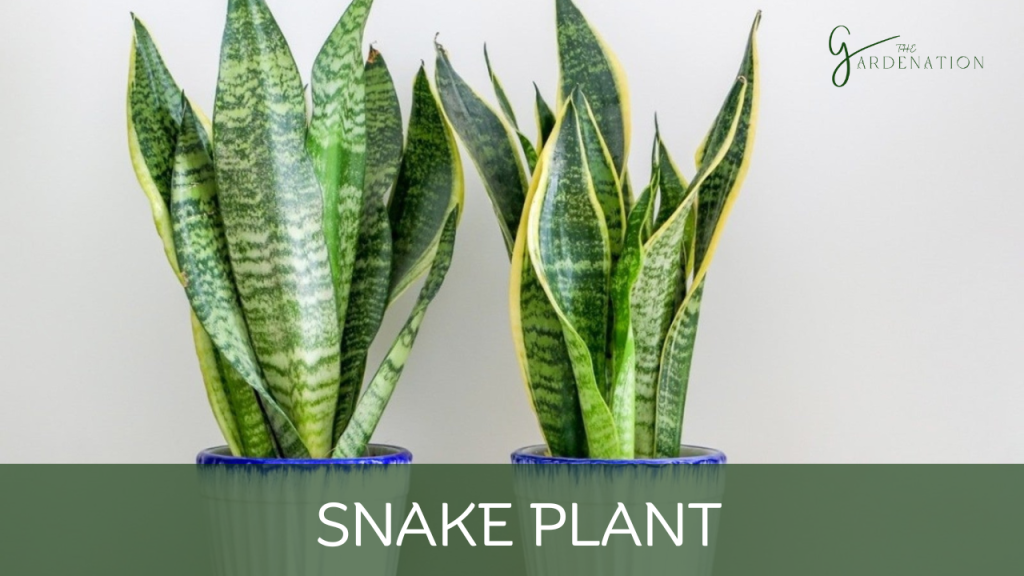
The snake plant or mother-in-law’s tongue (Sansevieria trifasciata) is a popular houseplant and landscape plant, identified by stiff, sword-like leaves with eye-catching striped or banded patterns.
Outdoors, snake plants grow vertically, achieving heights between 2 to 4 feet. For best results, I provide these mildly toxic plants indirect sun or partial shade along with well-draining soil.
8. African Milk Tree
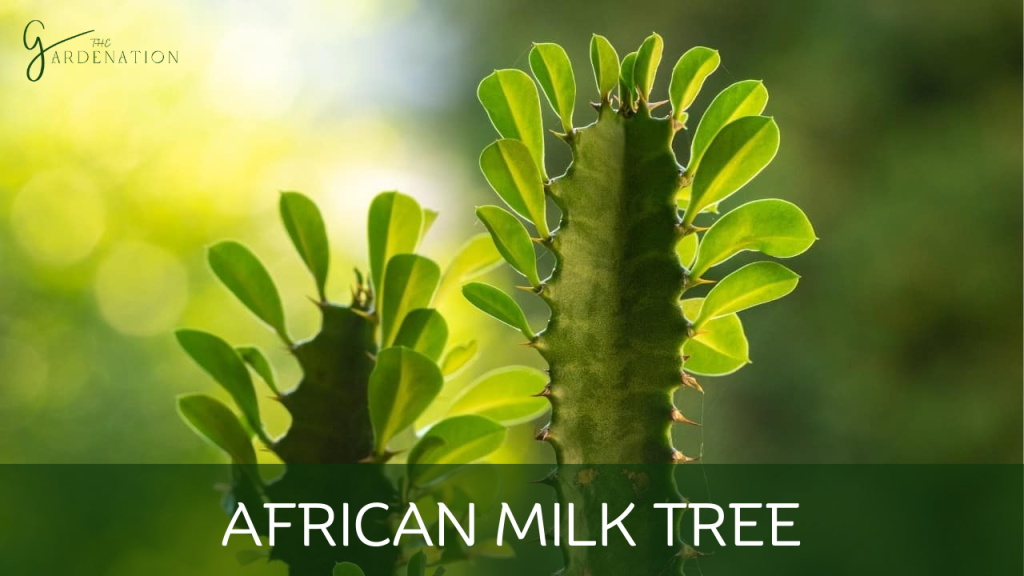
The African milk tree (Euphorbia trigona) is a succulent defined by its tall green stems that branch into a unique triangular shape, resembling cactus arms. Outdoors, mature African milk trees reach impressive heights between 4 to 8 feet. These toxic tall succulents plants thrive best in full sun paired with well-draining soil and low watering needs.
9. Ocotillo
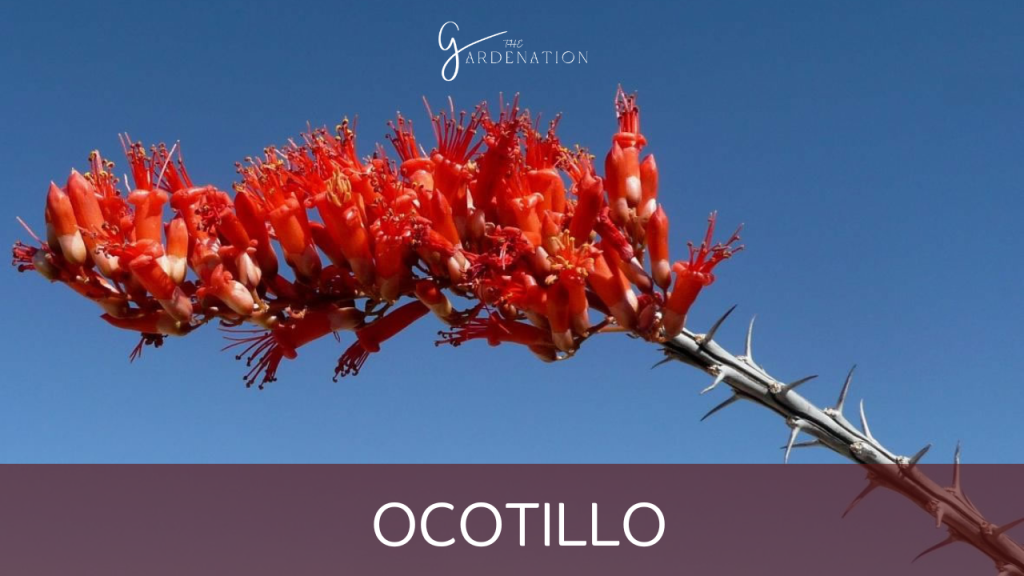
Ocotillo (Fouquieria splendens) is a spiky, twig-like cactus with small green leaves that grows tall and narrow. In warm climates, mature outdoor ocotillo plants achieve towering heights exceeding 20 feet. Ocotillo thrives best in full sun and low moisture, requiring well-draining soil. It is mildly toxic to pets if ingested.
10. Soaptree Yucca
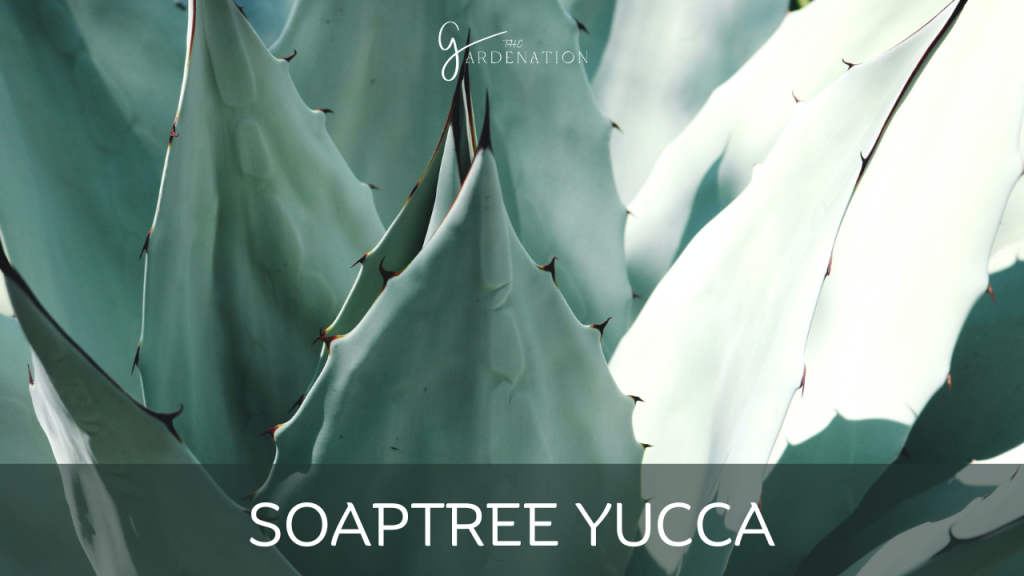
The soaptree yucca (Yucca elata) grows a singular trunk topped with pointed, silvery green leaves, resembling an oversized spiky houseplant. With proper outdoor cultivation, soaptree yuccas grow rapidly from 6 to 20 feet tall upon maturity. For best results, I situate these mildly toxic plants in full sun paired with fast-draining soil and low water conditions.
11. Foxtail Agave
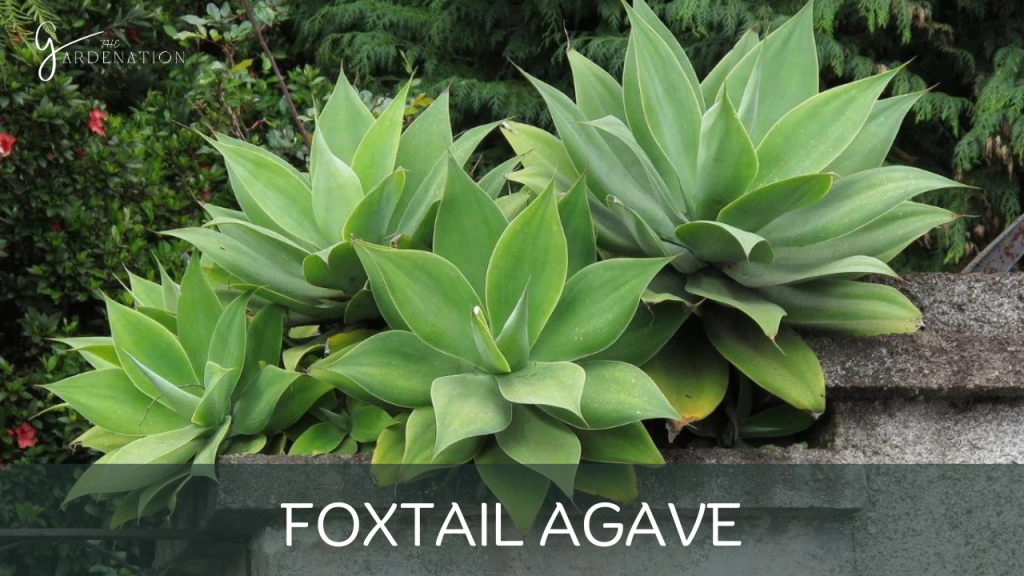
A favorite for desert gardens, the foxtail agave (Agave attenuata) is an eye-catching succulent with blue-green leaves forming a dramatic, spherical shape resembling an oversized foxtail.
Flower spikes can reach additional heights of 10 feet. Foxtail agaves grow best outdoors with full sun to partial shade and fast-draining soil. If ingested, they are mildly toxic.
Caring for Tall Succulents and Cacti
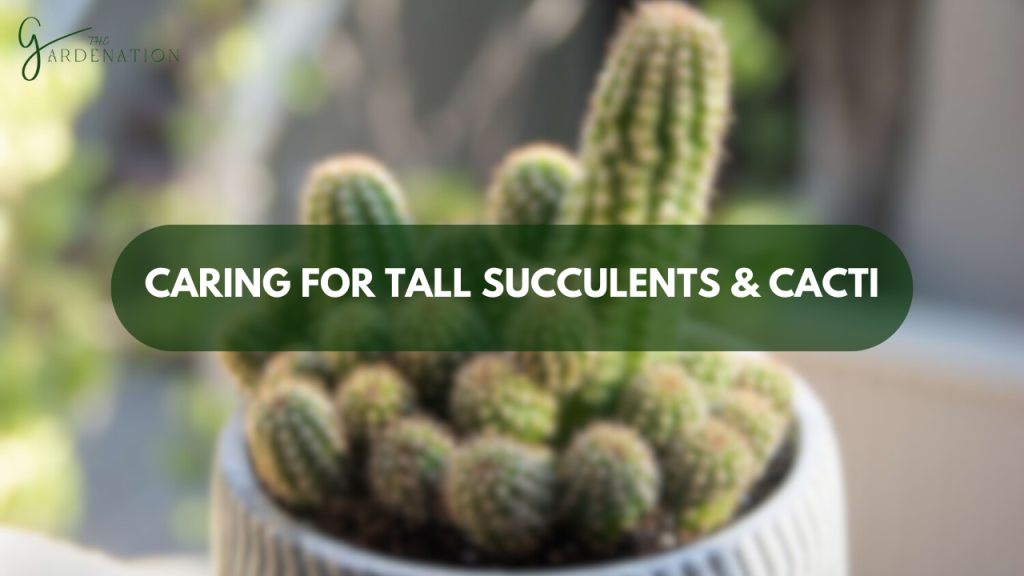
Proper care is vital for keeping tall succulents plants and cacti healthy in both indoor and outdoor environments. Use these tips to support their growth needs:
- Watering: I allow soil to completely dry out between waterings. And I water less frequently in winter months.
- Sunlight: I place most tall succulents plants and cacti in direct, full sunlight indoors or outdoors. Also, I provide partial shade in intensely hot climates.
- Soil: I use fast-draining cactus/succulent soil mixes. I add sand or perlite to improve drainage.
- Temperature: Average room temperatures between 65-80°F suit most indoor varieties. Acclimate outdoor plants slowly to temperature shifts.
- Humidity: Low humidity matches the native desert climates of these plants. I provide outdoor plants shade to reduce excess humidity.
- Fertilizer: I fertilize actively growing plants in spring and summer using cactus fertilizers. I also Avoid over-fertilization.
- Propagation: I start new plants from cuttings. I try to allow cut ends to be callous before replanting.
Conclusion
In summary, tall succulent plants and cacti are gorgeous additions to both indoor and outdoor spaces when provided with proper growing conditions matched to their needs. With a little care focused on sun, soil, and watering, these statement plants offer a unique, low-maintenance style perfect for highlighting any garden.
When cultivating tall succulents and cacti indoors, proper grow lighting is essential to support healthy growth. The Barrina adjustable height LED grow light panel can effectively grow small tropical plants, succulents, and cacti under 1 foot tall. It can also support medium-sized varieties between 1-3 feet tall.
However, the Barrina light is not strong enough to grow large, bright-light tropical plants or large succulents and cacti over 3 feet tall, with the exception of low-light tolerant tropical varieties. For large, sun-loving plants, a more powerful full spectrum LED grow light like the Sansi 70W is a better recommendation.
With the proper grow light matched to the plant variety and size, both beginner and expert indoor gardeners can successfully grow stunning tall succulents and cacti year-round.
Frequently Asked Questions
What are the best tall succulents for beginners?
Some of the easiest tall succulent plants for beginners are the snake plant, jade plant, and African milk tree. These varieties adapt well to indoor and outdoor cultivation and have low watering needs.
Where should I position tall succulents and cacti outdoors?
Situate outdoor tall succulents plants and cacti in locations with maximum sun exposure and excellent drainage. Avoid placing them in low areas that collect moisture.
How often should I water a 15-foot outdoor ocotillo cactus?
A 15-foot ocotillo cactus has very low water needs. Water deeply once every 2-3 weeks during the active growing season and even less in winter. The soil should dry completely between waterings.
Why is my 8-foot Eve’s needle cactus dropping needles?
If an indoor Eve’s needle cactus is dropping needles, it likely needs more sunlight. Position the cactus in a south-facing window where it receives at least 6 hours of direct sun daily. Only water when the soil dries completely.
Can I grow a 10-foot agave plant in a container?
Yes, a 10-foot agave can grow well in a large container, provided it has adequate drainage. Use cactus/succulent soil mix amended with 1/3 perlite or pumice. Situate outdoors in full sun and water when the soil dries out.
What should I do if my desert rose has wilting leaves and flowers?
A desert rose with wilting leaves and flowers is often suffering from overwatering. Allow the soil to completely dry before watering again. Remove any rotted roots and repot in fresh cactus/succulent mix, watering minimally until it recovers.

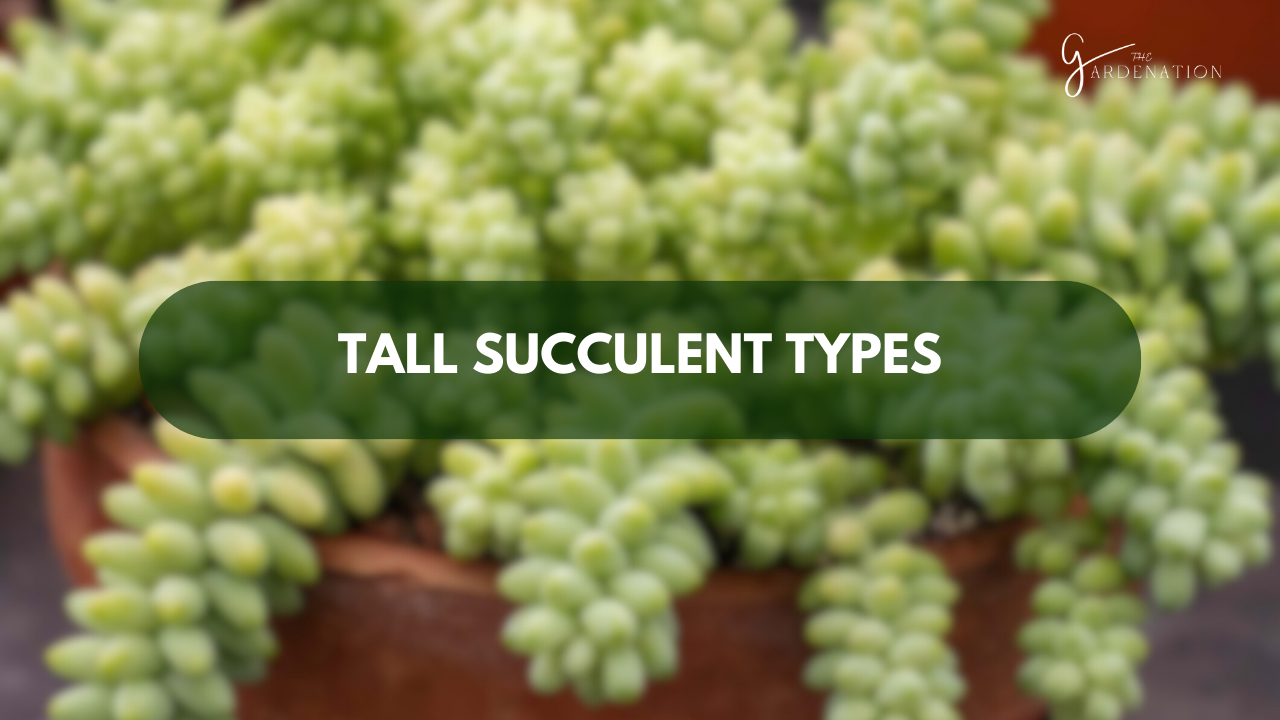
2 Comments